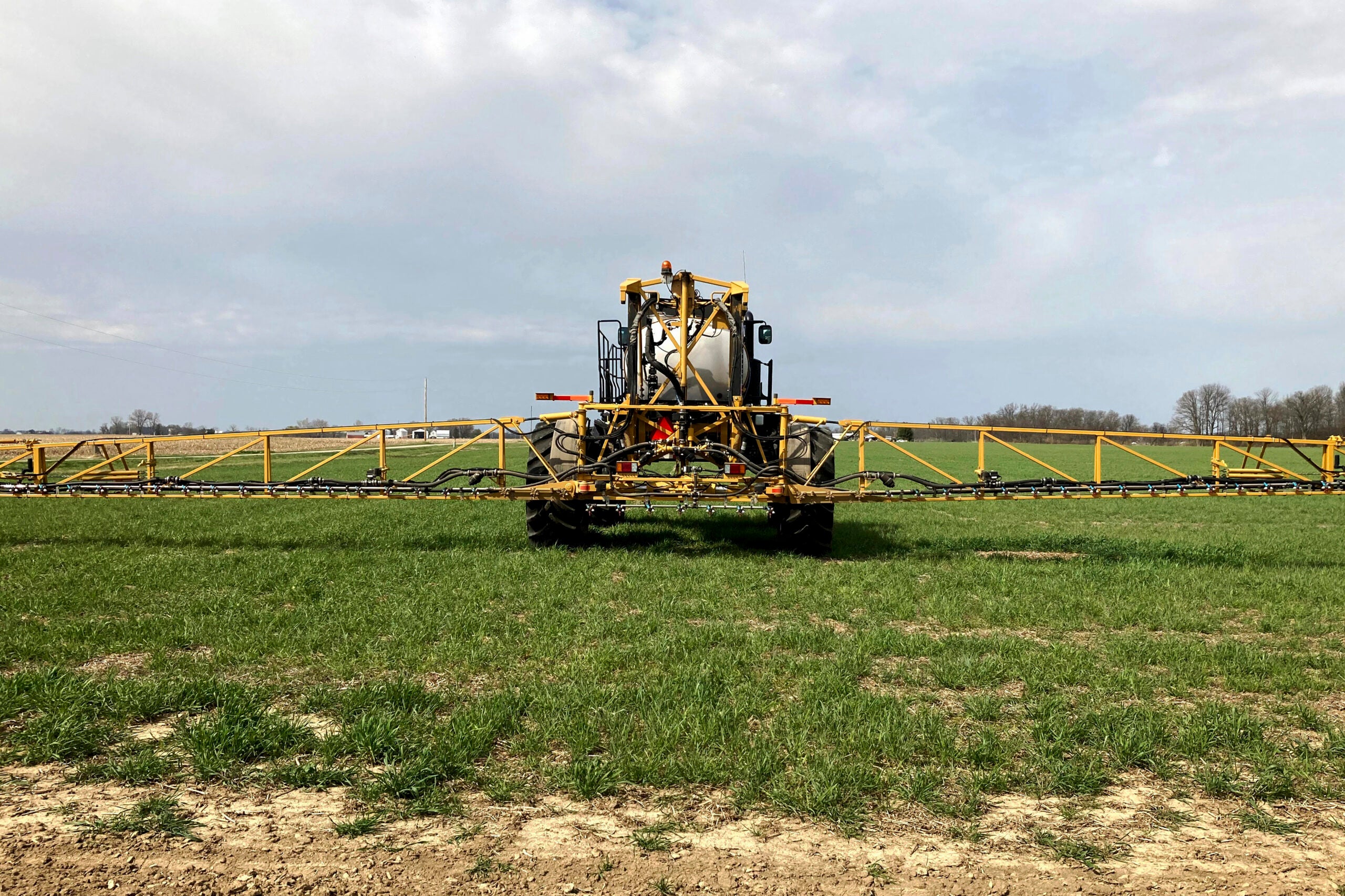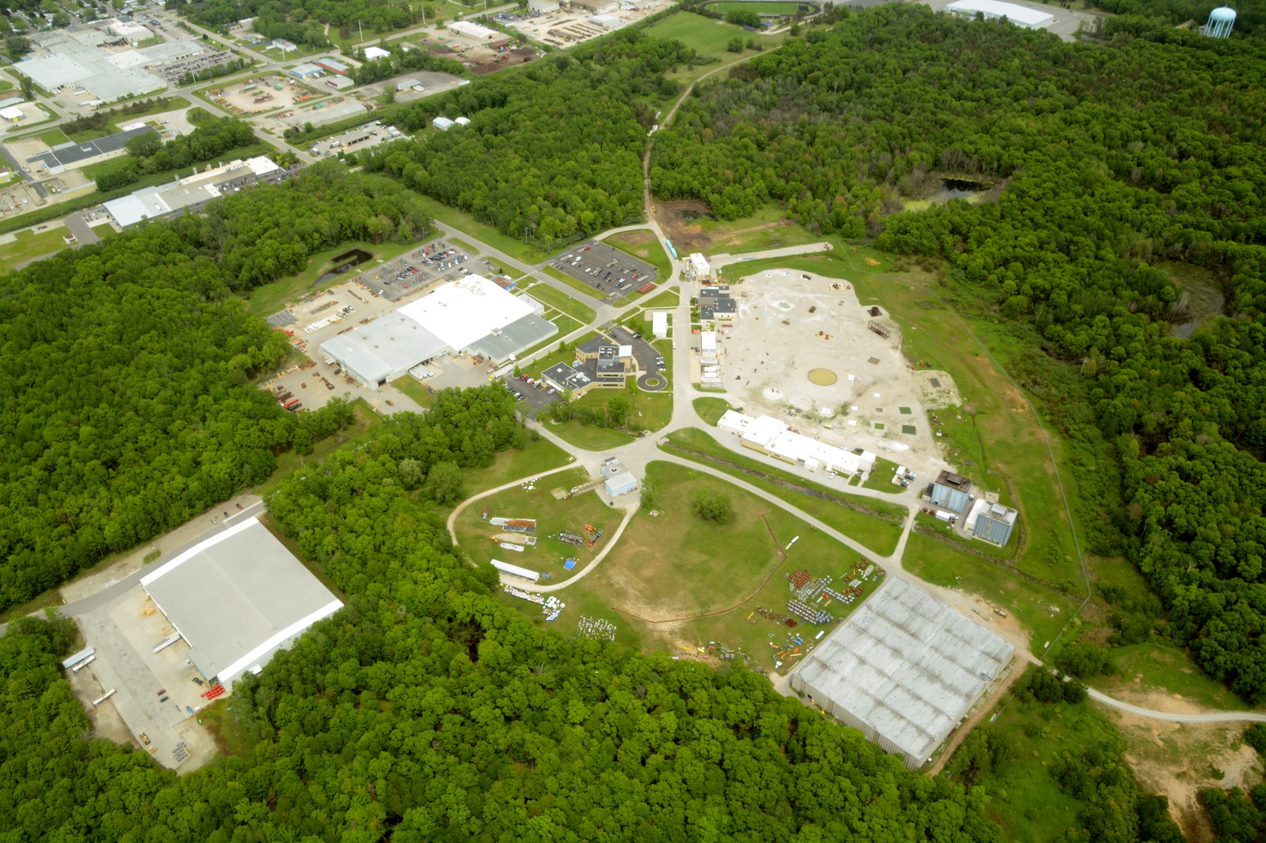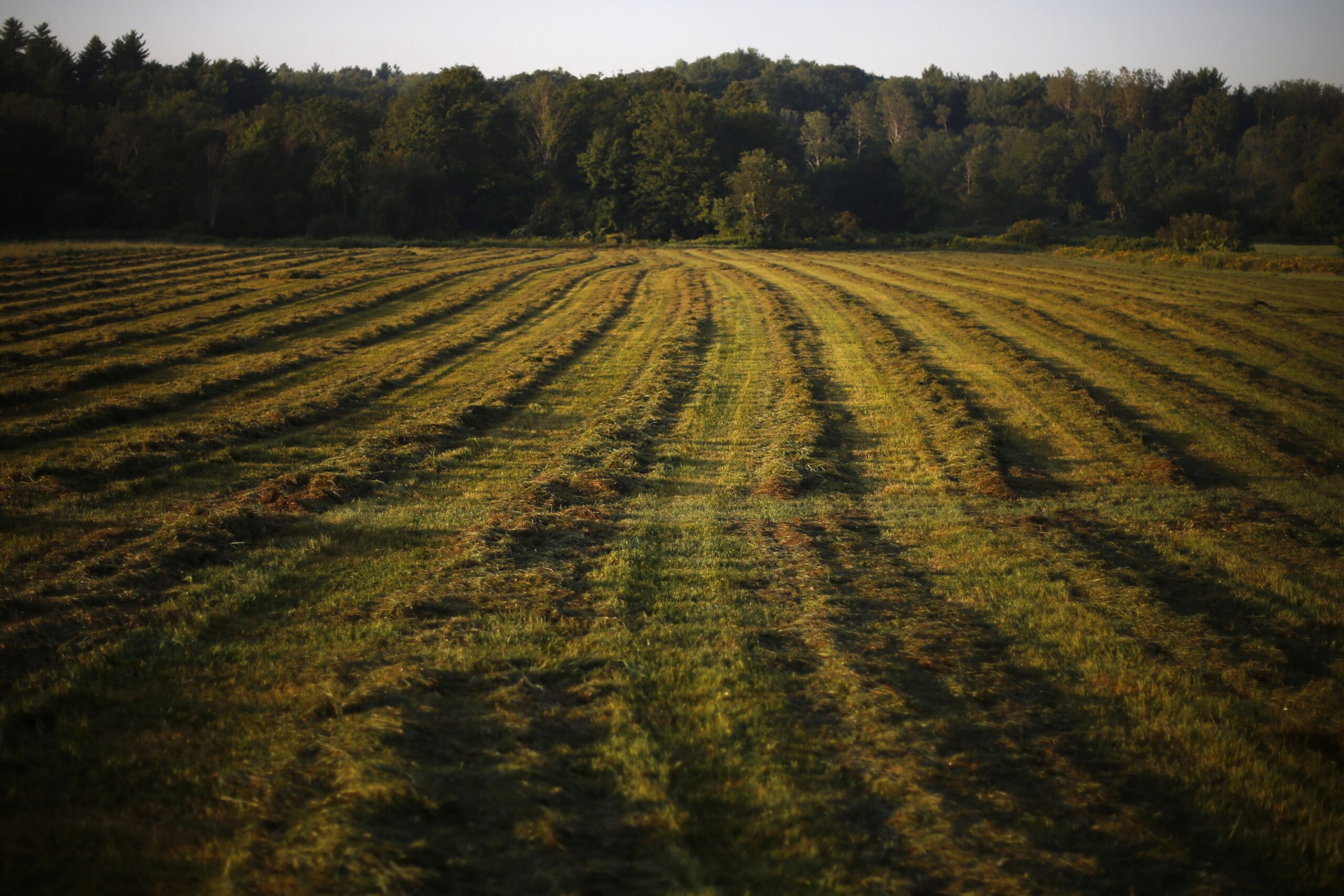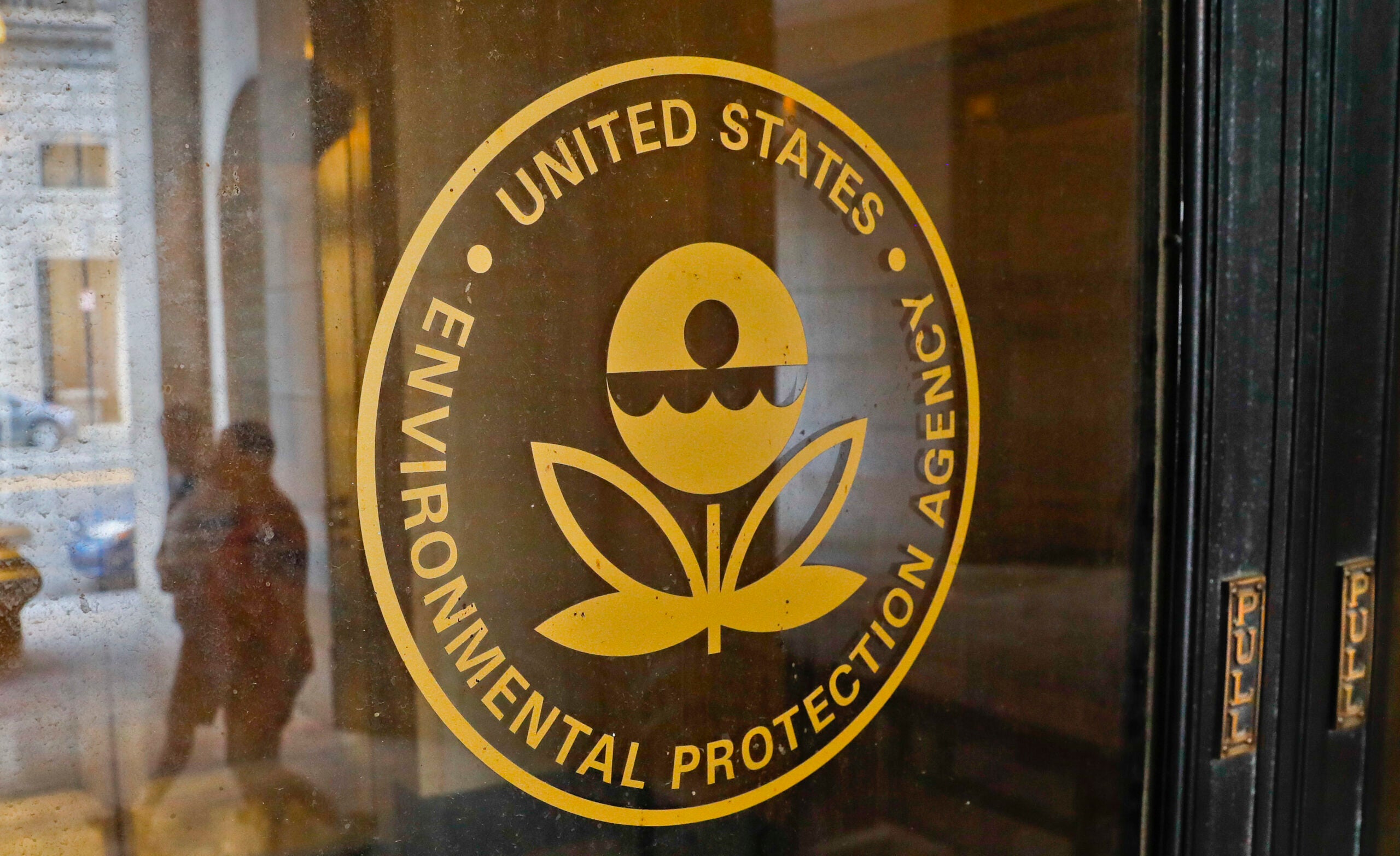Underscoring a new push to advance equity and justice, an Environmental Protection Agency leader said Monday the federal regulator is hiring about five full-time employees to work on environmental justice.
Debra Shore, who President Joe Biden appointed in October to oversee the EPA region including Wisconsin, said agency studies show historic and systemic problems have led to worse air and water quality in underserved communities. In an interview on WPR’s “The Morning Show,” she also supported using civil rights protections “in a much more vigorous way than (the) EPA ever has.”
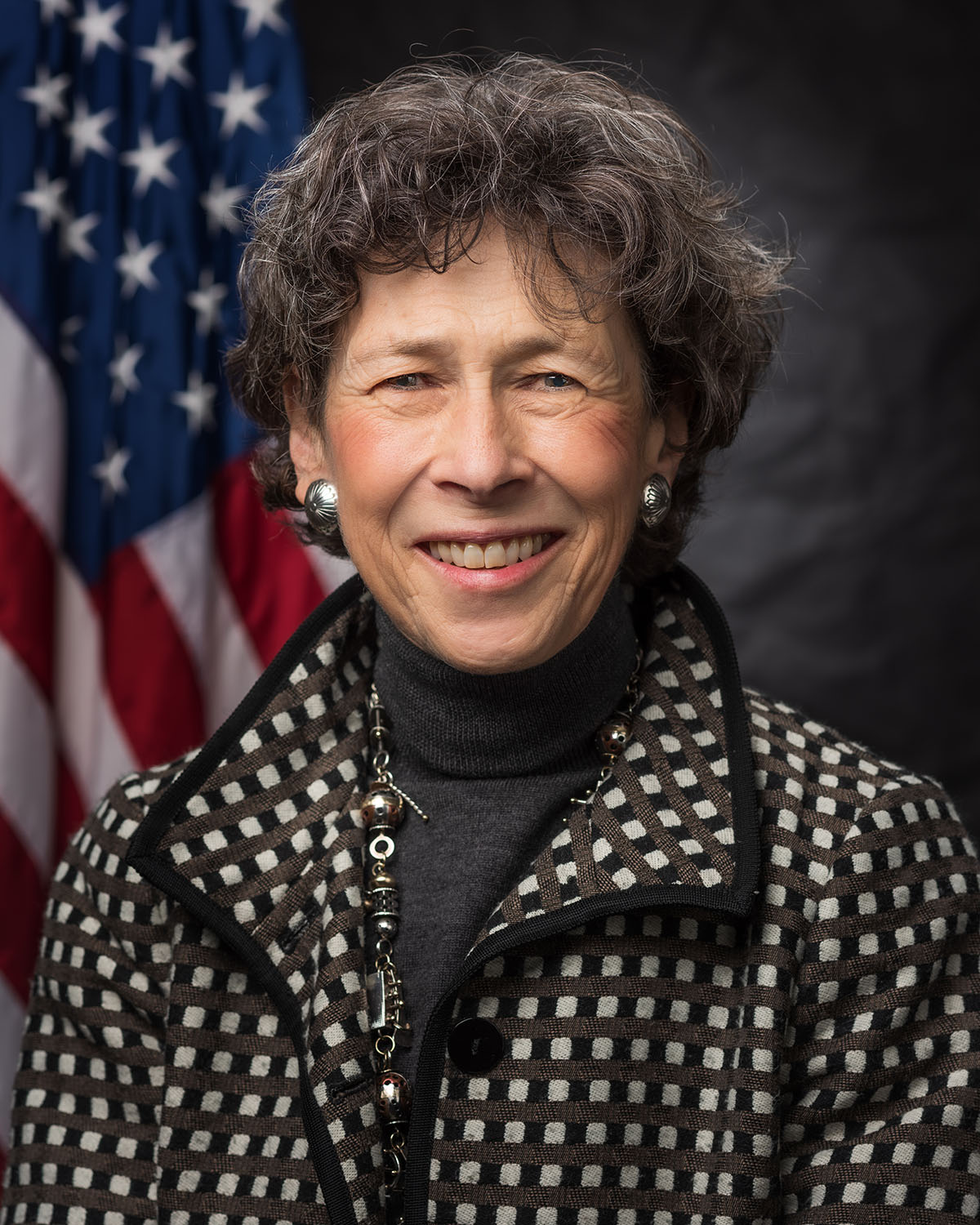
News with a little more humanity
WPR’s “Wisconsin Today” newsletter keeps you connected to the state you love without feeling overwhelmed. No paywall. No agenda. No corporate filter.
Shore answered questions on climate change, the “forever chemicals” known as PFAS, federal funding, brownfield sites and the Enbridge pipeline.
The following interview was edited for brevity and clarity.
Kate Archer Kent: How are you looking to address climate change?
Debra Shore: Let me start by saying that the passage of the bipartisan infrastructure law last fall is a game changer for EPA and for many, many communities throughout Wisconsin and our country because of the significant dollars that will be invested — not only in things like lead pipe replacement but specifically (like) a program for electric school buses.
There is $5 billion to, over the next five years, put electric school buses in particularly underserved communities and tribes to replace diesel-using buses, which emit air pollution that is causing respiratory health problems for so many children and the people who work around them. That’s just a small piece of what’s coming into EPA. But it addresses climate change in terms of air quality and getting some of those diesel buses off the streets.
READ MORE: Dane County sues Wisconsin DNR over PFAS requirements in wastewater permit
KAK: How will new PFAS health advisories inform the new drinking water standards — setting enforceable standards for these compounds — that are expected to come out of the EPA?
DS: They will. We are continuing to do the scientific research that needs to be the foundation of all our work in terms of regulation and enforcement. But we think that newer standards may come out next year. (Those) will set maximum contaminant levels for some of these PFAS. In the meantime, we’re going to be working with some of the sources of these chemicals to study the quantities and try to restrict their dispersal in the communities and our environment.
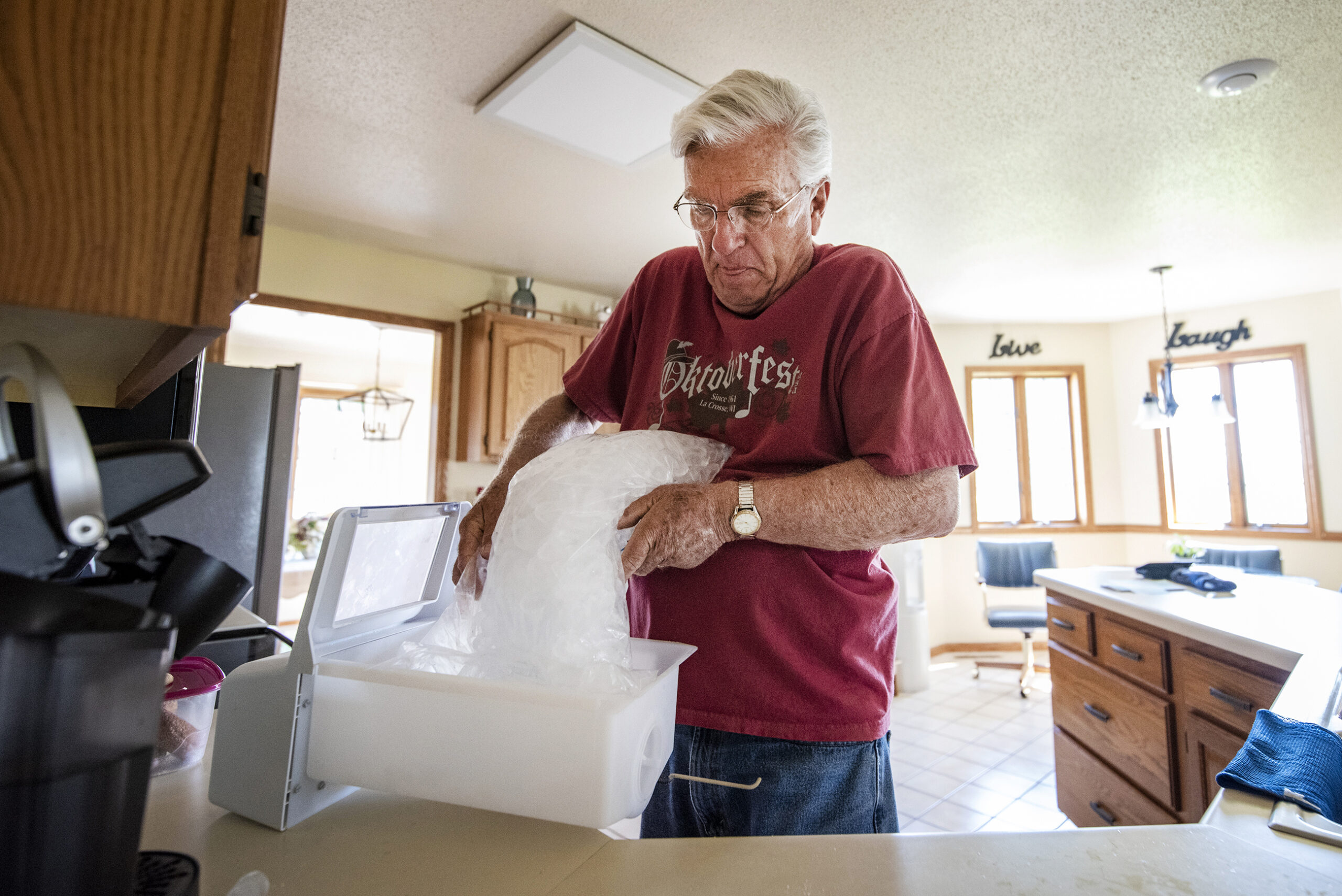
KAK: The EPA announced $1 billion in grant funding for small and disadvantaged communities dealing with PFAS contamination. How will these funds help Wisconsin?
DS: Communities can apply through the state. (The state Department of Natural Resources) is the one that dispenses these funds, but we are directly supporting a groundwater research study (that) the DNR is conducting to examine the prevalence of PFAS in shallow groundwater and source tracing. We announced that in February of this year. It’s a voluntary municipal water supply sampling effort. As of May, the DNR is investigating 74 locations where PFAS have been confirmed in Wisconsin. We need to have the data to inform how we do work going forward.
READ MORE: Marshfield, Adams among latest cities to shut down wells for PFAS contamination
KAK: Where does the EPA go from here in trying to ensure clean drinking water in places such as French Island, near La Crosse, where PFAS have been found? PFAS are called “forever chemicals.”
DS: We know that there are technologies available now — granulated carbon, reverse osmosis — that can be installed in public water systems that will filter these harmful chemicals out of the water. So first, we need to identify the source.
We need to work with the Defense Department and other sites to restrict these PFAS from entering our air, water and land. And then we need to remediate. There may be ways we can remove some of the contamination — prevent the migration of these PFAS into drinking water sources. But it also may mean installing technologies, (such as filters).
KAK: How is the Midwest doing when it comes to brownfield sites, these properties that have hazardous substances, pollutants or contaminants?
DS: We have the industrial history here in the Midwest. This is a center of not only legacy pollution, but vigorous enforcement, robust inspection and a lot of cleanup work that has been done and is still underway. The good news is we’ve already seen that where we can engage in remediation and remove contaminated soil and sediments and so on, these sites then become available for redevelopment.
I was just in West Allis (recently), in fact, touring a brownfield site. Some of it is still undergoing remediation, but there is a major new development right near the farmer’s market — 400 new apartments, people moving in. It’s so exciting to see, and it’s reinvigorating that town, that community. (There is) more to be done, but that is what happens all over the country. We’ve seen it in Sheboygan and other places where we can do this clean up.
KAK: Listening takes time. The public process takes time. Action takes time. How do you affect change when people have lived for too long in extremely unhealthy environments?
DS: The thing that you will see in this administration is a much more assertive and robust approach to enforcement based on science and the law. We are also ramping up inspections of existing polluting industries through air and water inspections. Where we find exceedances of the permitted limits, we are taking enforcement action. So, it is not solely listening. We’re also using every tool we have in our toolbox to try to advance equity and justice and improve the environment.
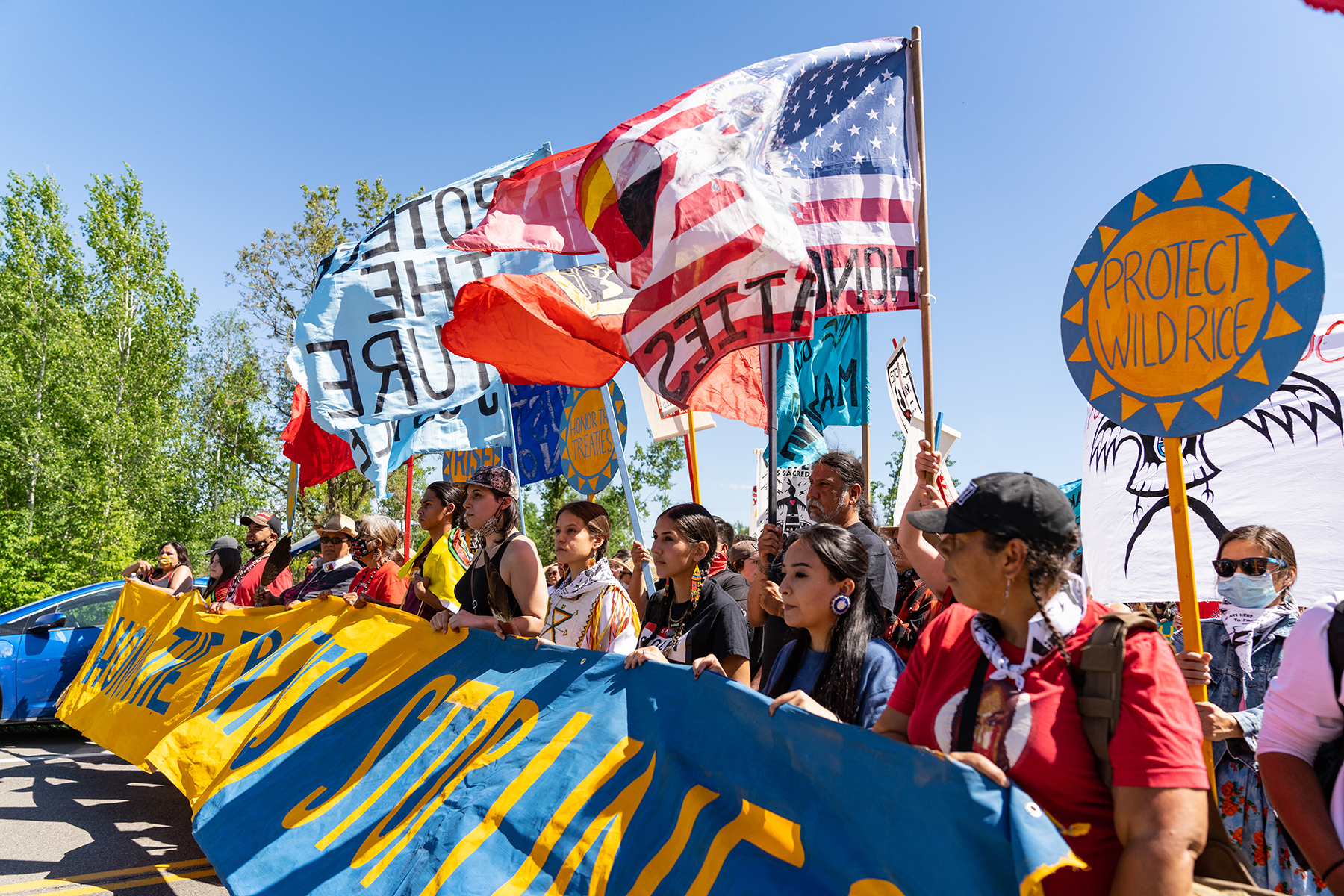
Photo courtesy of Aaron Nesheim/Indigenous Environmental Network
KAK: What is the EPA’s role in respecting Native American land and treaty rights while working with Enbridge, the Canadian oil transport company looking to reroute one of its pipelines across Ashland and Iron counties?
DS: The EPA is not the permitting agency in terms of that pipeline relocation proposal. However, we did provide very thorough comments on Wisconsin’s draft environmental impact statement. Wisconsin has asked us to work in tandem with them to review the environmental impact statement, which we have done. We think that many of the comments we’ve provided — to take climate change into account and to do much more thorough review of the potential impact on tributaries and on those wetlands — will assist in a better review. So that remains to be seen.
This administration (is working with tribes and) has pledged that we respect treaty rights. The ceded treaty rights to hunt fish and gather wild rice are vitally important to the sustenance and cultural history of so many tribal nations. EPA is committed to working with them to make sure those rights are protected.
Wisconsin Public Radio, © Copyright 2026, Board of Regents of the University of Wisconsin System and Wisconsin Educational Communications Board.

